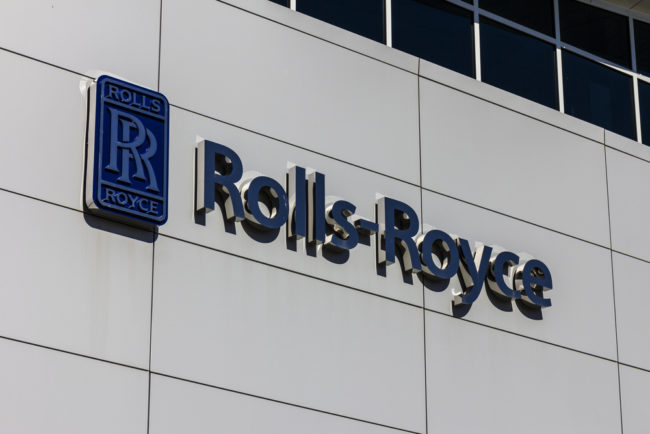The FTSE 100 giant has taken a huge write-down on the value of investments intended to protect it against currency fluctuations, thanks to the plunge in the pound against the dollar since the vote for Brexit, the Telegraph reports.
The £671m of fines Rolls agreed to pay after admitting decades of corrupt practices also dragged down its performance.
Further issues included the previously signalled lower demand for its best-selling Trent 700 engine, charges for repairs to large engines such as those used on the 787 Dreamliner jet, and weakness in the corporate jet and marine markets.
On an underlying basis – which strips out one-off hits to performance – the performance was better – with pre-tax profit on this measure of £813m. The City had been forecasting underlying profits of £687m, half the previous year’s £1.4bn.
Underlying revenue in the year to December 31 was £13.7bn compared with expectations of £13.5bn. The previous year it was £13.4bn. On a statutory basis, revenue was £14.96bn, compared with the previous year’s £17.73bn.
Warren East, chief executive, said: “2016 has been an important year as we accelerated the transformation of Rolls-Royce. Despite the significant market and aerospace product transition challenges identified in 2015, we have made operational progress and performed ahead of our expectations for the year as a whole.
“At the same time we have delivered major changes to our management and processes and, while we have made good progress in our cost cutting and efficiency programmes, more needs to be done to ensure we drive sustainable margin improvements within the business.”
The final dividend – which has been halved over the past year to help get the company back on track – is now 7.1p a share, giving a a full-year dividend of 11.7p, compared with 16.4p in 2015.
Mr East has said that he sees free cash flow as a better indicator of how the company is performing than profit.
Free cash flow measures how much money the company generates after essential spending needed to sustain the business.
The chief executive had indicated that he expected free cash flow to be “negligible” this year, the rising to £500m next year and £1bn the year after. The figure was actually £100m.
Analysts had been expecting negative free cash flow of £147m, meaning the company was burning through money.


